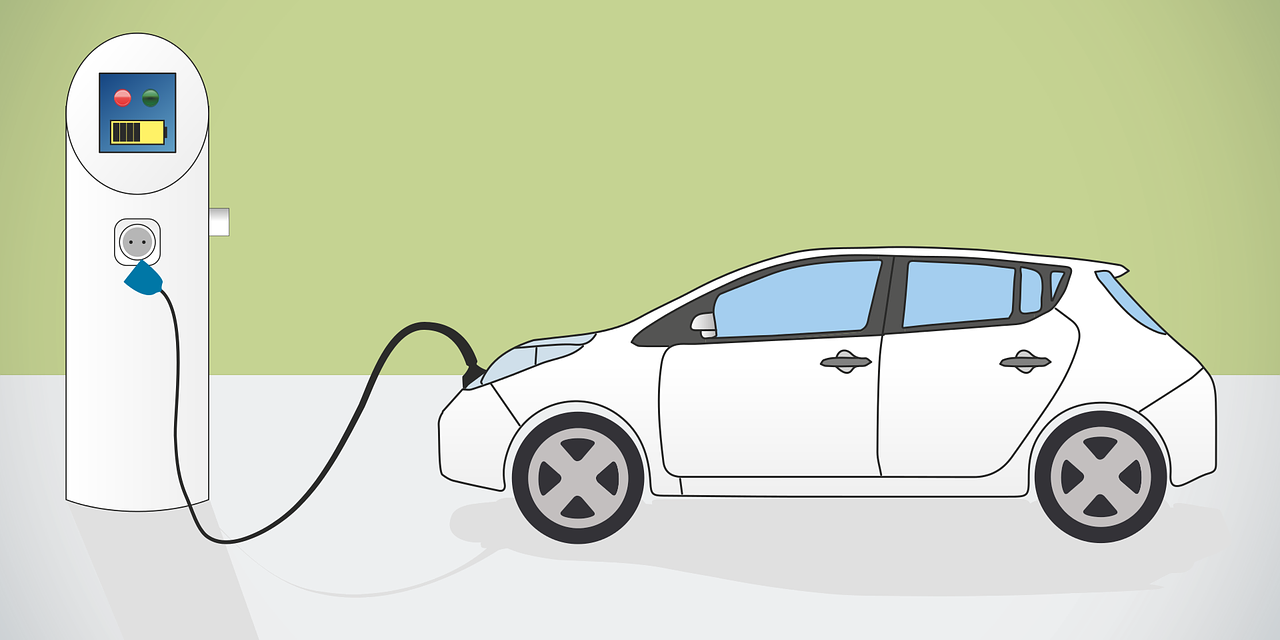The advent of lithium-ion (Li-ion) batteries has revolutionized the landscape of energy storage and portable power sources since their inception in the late 20th century. Their unique combination of high energy density, light weight, and overall efficiency has established them as the cornerstone of modern electronics, electric vehicles, and renewable energy systems. This essay delineates the historical trajectory of lithium-ion battery technology, while concurrently analyzing their performance traits.
The journey of lithium-ion batteries can be traced back to the early 1970s when researchers sought to explore the electrochemical properties of lithium as a possible anode material. In 1970, H. Wright and colleagues published a pivotal paper on lithium batteries, laying the groundwork for subsequent research. However, the initial challenges associated with lithium, such as its reactivity and safety concerns, necessitated alternative approaches. This led to the formation of lithium metal—an anode strategy characterized by high energy density but marred by safety issues like dendrite growth, which could result in short circuits.
In the 1980s, a key breakthrough emerged when John Goodenough and his team at the University of Texas proposed the use of lithium cobalt oxide (LiCoO2) as a cathode material. This innovation, coupled with the use of carbon as an anode material, paved the way for the first commercially viable lithium-ion battery. In 1991, Sony and Asahi Kasei began marketing the first commercial Li-ion battery, intended for use in portable electronics. As it gained traction within the consumer electronics market, its superior performance metrics—including energy density, cycle life, and reduced memory effect—became evident, further solidifying its place in technological development.
The performance characteristics of lithium-ion batteries hinge upon several critical factors, including energy density, charge/discharge rates, cycle life, and thermal stability. Energy density, typically expressed in watt-hours per kilogram (Wh/kg), dictates the amount of energy stored per unit mass. Lithium-ion batteries have energy densities that range from 150 to over 250 Wh/kg, significantly outperforming traditional nickel-cadmium (NiCd) and nickel-metal hydride (NiMH) batteries. This high energy density renders them suitable for applications requiring lightweight and compact energy sources, such as portable consumer electronics and electric vehicles.
Charge and discharge rates reflect the speed with which a battery can release or receive energy. Lithium-ion batteries exhibit exceptional performance in this metric, with most models capable of discharging at rates that facilitate rapid charging—often within one hour. This capability is increasingly vital given consumer demand for quick recharging cycles in contemporary electronics and the growing electric vehicle market, where rapid refueling is a crucial parameter for widespread adoption.
Cycle life, defined as the number of complete charge-discharge cycles a battery can undergo before its capacity significantly diminishes, is another salient performance measure. Generally, lithium-ion batteries boast a cycle life of between 500 to 1500 cycles, contingent upon usage conditions and thermal management. Advances in materials engineering, such as the introduction of silicon-based anodes and the exploration of lithium iron phosphate (LFP) cathodes, have further enhanced the longevity and safety of these energy storage devices.
Thermal stability and safety have also evolved as focal points in the research and development of lithium-ion technology. Early generations faced challenges regarding thermal runaway, primarily due to internal short circuits caused by dendritic growth. The implementation of protective mechanisms, such as built-in pressure valves and advanced battery management systems, has substantially improved the safety profiles of modern lithium-ion batteries. Moreover, ongoing research on solid-state batteries aims to mitigate these risks further by replacing the liquid electrolyte with a solid counterpart, thereby enhancing both safety and energy density.
In conclusion, the history of lithium-ion batteries is characterized by significant technological advancements and continuous refinement of their performance qualities. From their inception in the 1970s to their current status as staples in everyday technology and energy solutions, Li-ion batteries exemplify a paradigm shift in power storage. Their impressive energy density, rapid charge/discharge rates, considerable cycle life, and improved safety measures underscore their pivotal role in driving technological innovation forward. As research continues on alternate materials and battery architectures, the future of lithium-ion technology promises even greater enhancements, catering to the increasing energy demands of an ever-evolving global landscape.

